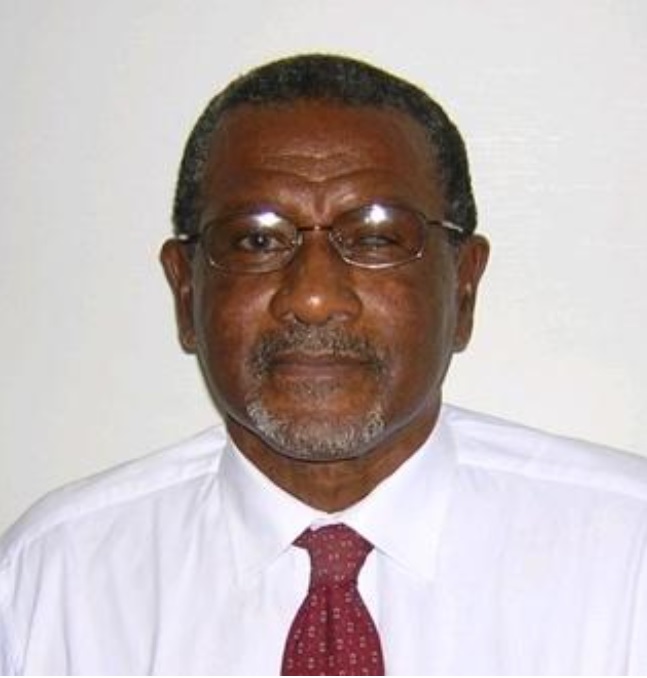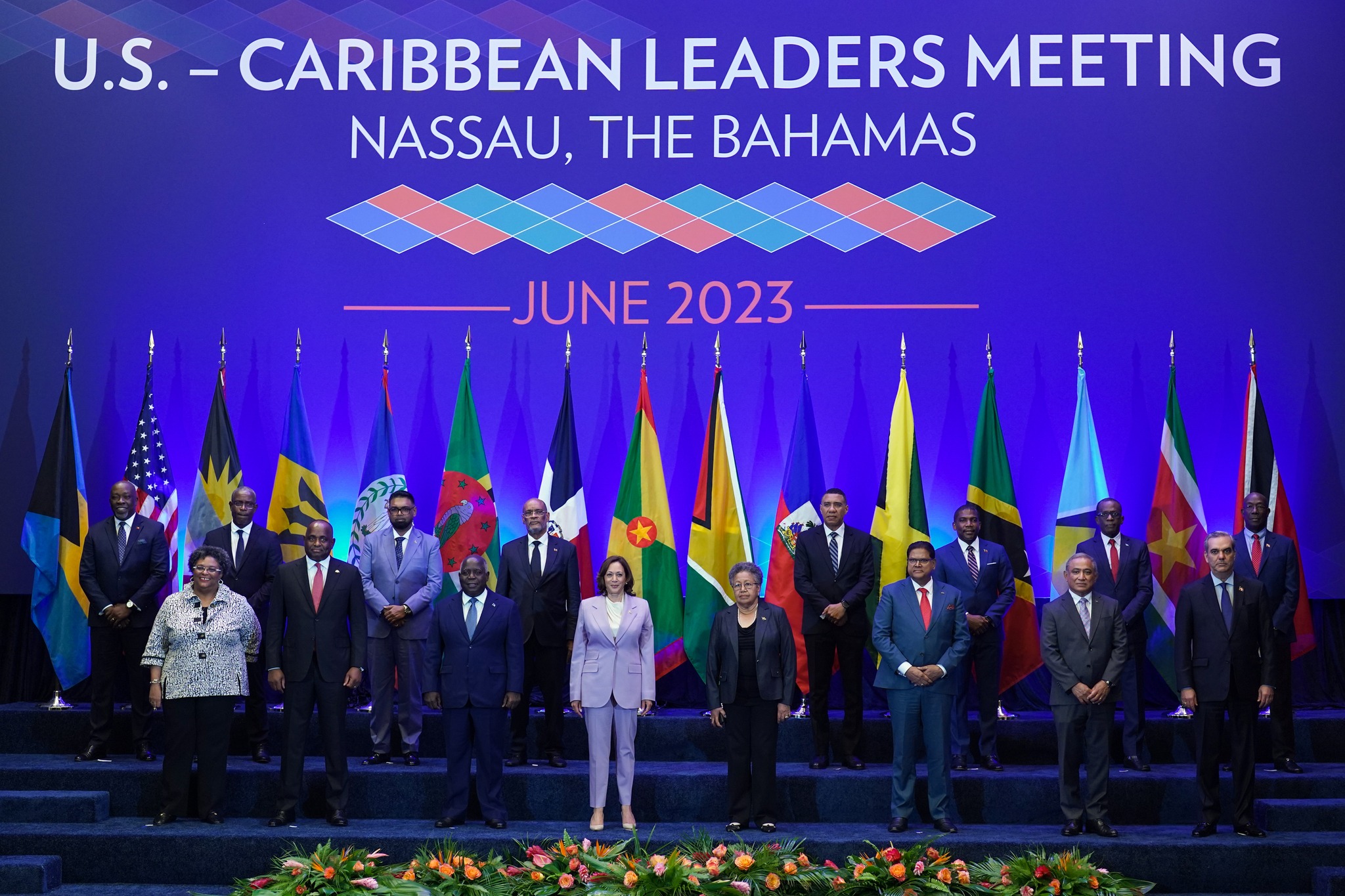Countries that are parties to the United Nations Framework Convention on Climate Change are obliged to provide scheduled reports to the Convention, that provide information on their progress in addressing climate change adaptation and mitigation.
With the coming into force of the Paris agreement in 2015, countries were asked to submit their Nationally Determined Contributions (NDCs) which would describe country plans to achieve the net zero target of the agreement (mitigation) and to build climate resilience to climate risks (adaptation) that they are exposed to. So far, CARICOM countries have submitted their NDCs to the UNFCCC as required by the Convention.
It is noteworthy that in 2009, six years before the Paris agreement came into effect, Guyana had embarked on a national process that led to the development of a Low Carbon Development Strategy (LCDS).
The LCDS, which describes national plans to place the country on a low carbon and climate resilient development trajectory, is precisely the information that is now requested from countries in their NDCs. Guyana also embarked on the preparation of an implementation Plan, the Climate Resilience Strategy and Action Plan (CRSAP) for the adaptation programme developed under the LCDS.
Both the LCDS and the CRSAP were available before 2015 when the Paris agreement came into force and were put together during the administration of the PPP government. With the return to office of the PPP in 2020 the LCDS was revived and revised, again through a national consultative process and the revised LCDS-2030 endorsed by cabinet as the official roadmap for Guyana’s response to mitigating and adapting to climate change.
With the changed economic landscape from the emergent oil and gas industry, Guyana was now in a position to move ahead with the implementation of the LCDS 2030 and is no longer constrained from implementation, like their other CARICOM neighbours, where access to the financial resources still poses a serious challenge to implementation.
With the change in Guyana’s economic situation, the government has embarked on the implementation of the mitigation aspect of the LCDS i.e. the energy sector transformation. The overarching goal of the energy sector transformation is to comply with the requirements for Guyana to achieve zero carbon status by 2050.
Apart from significantly reducing the carbon footprint of the sector, this transformation will significantly reduce the energy intensity of Guyana’s economy, thus opening the door for greater competitiveness of their productive sector (manufacturing, service industries). It is projected that the facility will provide Guyana with the fiscal space to cut the cost of power by fifty percent and to reduce emissions by a significant amount. Guyana has successfully negotiated a loan from the EXIM bank of the USA to support the construction of a 300MW natural gas to energy complex, which will replace the current Heavy Fuel Oil dependent facilities that provide power locally.
It is testimony to the changed economic circumstances that the country was able to acquire a loan from the EXIM bank at all. Completion of the Natural Gas facility is projected to provide Guyana with a more affordable and reliable supply of energy. This will be supplemented through the exploitation of the country’s hydroelectric potential which is expected to boost energy production by 370 MW of capacity by 2035 and a further 150 MW of capacity by 2040.
The energy sector transformation also includes actions for the upgrading of the national grid to accommodate inputs from future sources of renewable energy (hydro, wind, solar). Initiatives to provide energy to hinterland communities through the provision of stand-alone renewable energy systems are already being pursued, through the installation of solar farms, to be supplemented where appropriate, with the development of hydroelectric sources.
Under the energy umbrella there are opportunities not mentioned in the LCDS that should be explored. Investment in waste to energy conversion technologies utilising rice husks, sawmill and municipal wastes, animal & other agricultural wastes offer opportunities to deal with the ever present environmental problem of waste disposal while at the same time contributing to the country’s overall energy security.
Recently, following a Guyana government mission to India, two Guyanese companies, Dual Wood Products Inc. (DWP) and Energy Management Consultants (EMC), signed an agreement with The Energy Resources Institute (TERI) of India for a wood waste to energy facility. This is a step in the right direction and should be extended to utilise the wide range of wastes that are being generated locally. The anticipated development of the agriculture sector is expected to generate a considerable amount of agricultural waste, which can provide feedstock for appropriate waste to energy generating systems.
The LCDS strategy calls for electrification of the road transportation system and this should include river transportation, which is an important mode of transportation for many communities domiciled along riverbanks in Guyana. In both instances, there are opportunities for public-private partnerships. The government has signalled its intention to support the transition to electrical vehicles, by providing a tax-free holiday for the importation of Electrical Vehicles.
A public/private sector partnership, that would see the electrification of government fleets and those in the private sector can pave the way. This is also an opportunity for participation by the major oil companies, given their own need for local transportation.
Heavy emphasis is placed on developing the country’s hydroelectricity potential but in designing these systems, attention should be paid to the hydrological cycle of the particular site, to ensure that this will not be disrupted by climate change. Note should be taken of the problems experienced by the hydroelectric systems in place in neighbouring Suriname and Venezuela, where reduced flow caused by changed rainfall patterns has led to serious disruptions in the energy supplied by their installed hydroelectric generating facilities.
The provision of an affordable and reliable source of energy in Guyana opens the door for investment in the development of local industries. For a start, in support of the region’s food security thrust, significant opportunities for the food processing industry will become available. In terms of maximising the benefit to be derived from the country’s natural resources, focus should be on graduating from a raw material provider to an exporter of value-added products.
There are opportunities for the industrial utilisation of our copious deposits of silica for manufacture of glass containers, crystal quality glass, pure silica for the manufacture of photovoltaic cells for the solar energy industry—combined with our clays, kaolin and feldspar for ceramics manufacture.
The outcomes of the LCDS are for the benefit of all Guyanese in the provision of an affordable and reliable supply of energy and an environment made secure from the ravages of a changing climate. The LCDS has the potential of providing a platform for a united approach to its implementation.
To achieve this, efforts should be made to inculcate a national sense of ownership of the LCDS through an aggressive Public Outreach and Education programme and engaging all interest groups in a meaningful dialogue.
The Strategy already calls for inclusivity, national consultation with relevant communities, transparency, access to information and adherence to the requirement for Free Prior and Informed Consent in transactions involving Guyana’s indigenous community. Adherence to these guiding principles during the implementation of the LCDS would go a long way to getting the necessary buy in and national support for activities under its umbrella.
The energy sector transformation provides an opportunity for Guyana to diversify its economy and is so doing insulate itself from the dangers of the “Resource Curse”. Equally important, the country should urgently address its exposure and vulnerability to existential and projected climate risks and the efforts to do so under the climate resilient umbrella of the LCDS will be the subject of the second part of this discussion.
Dr. Ulric Trotz, formerly the Science Adviser at the Caribbean Community Climate Change Centre in Belize, is a highly accomplished and knowledgeable scientist who has significantly contributed to his field. He has held various leadership positions, including Director of the Science & Technology Division at the Commonwealth Secretariat, Secretary of the Commonwealth Science Council, and Science Adviser to the Commonwealth Secretary General. He has also served as Secretary-General of the National Science Research Council in Guyana and as Dean of the Faculty of Natural Sciences at the University of Guyana. From 1980 to 1991, Dr. Trotz was Guyana’s Institute of Applied Sciences and Technology Director.




